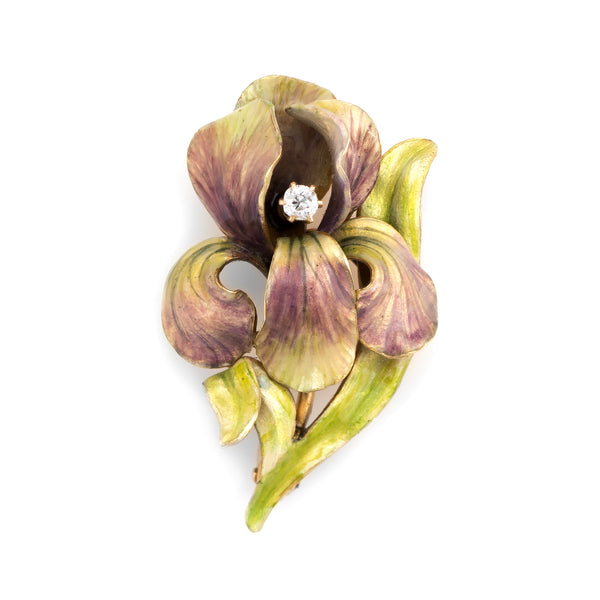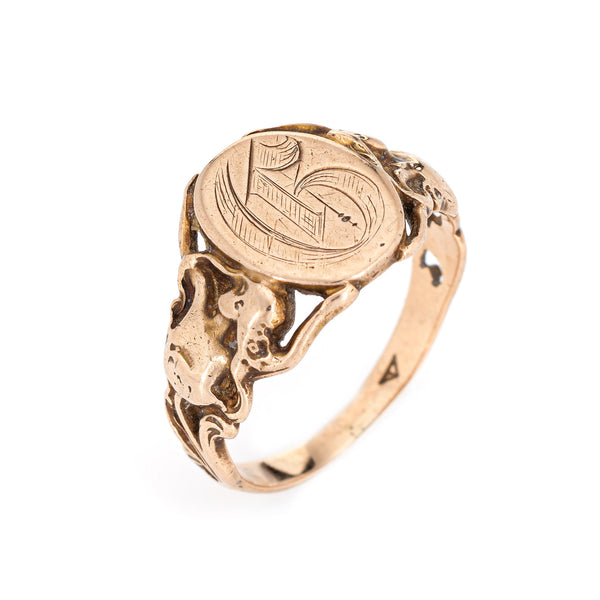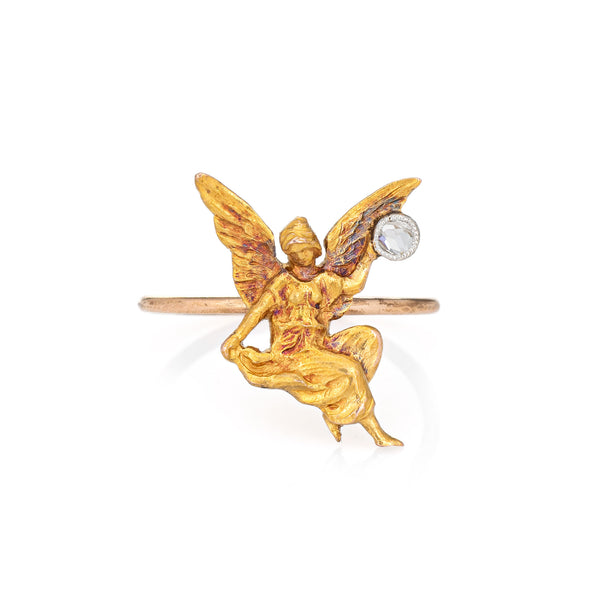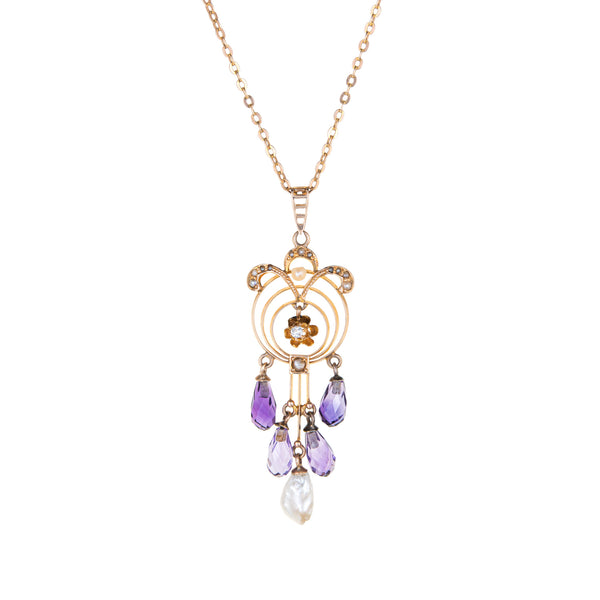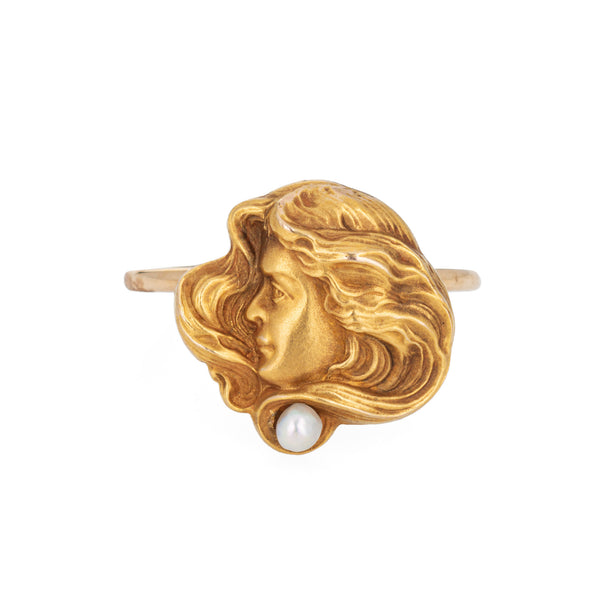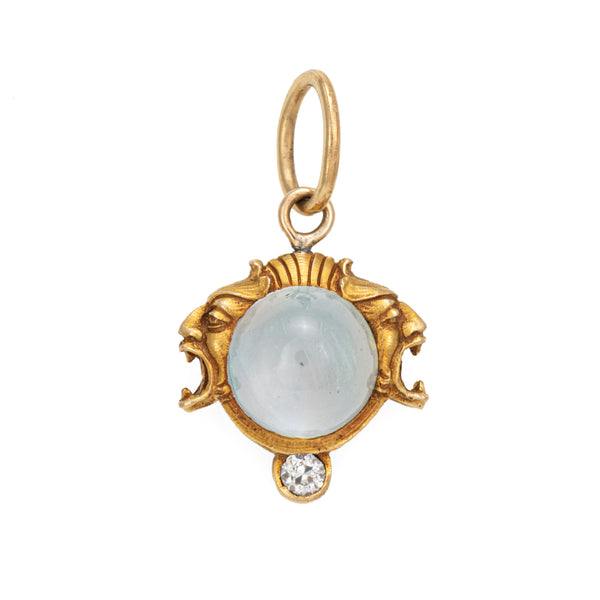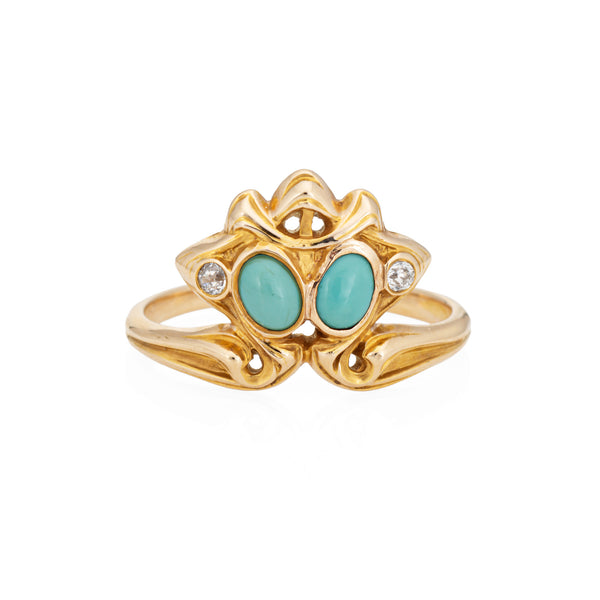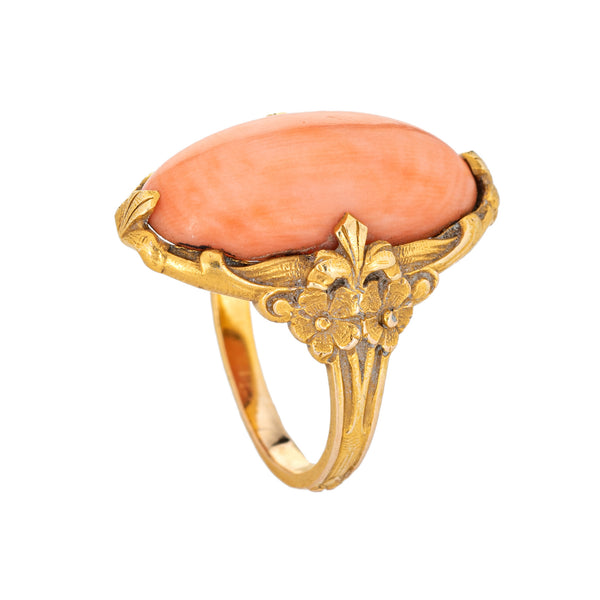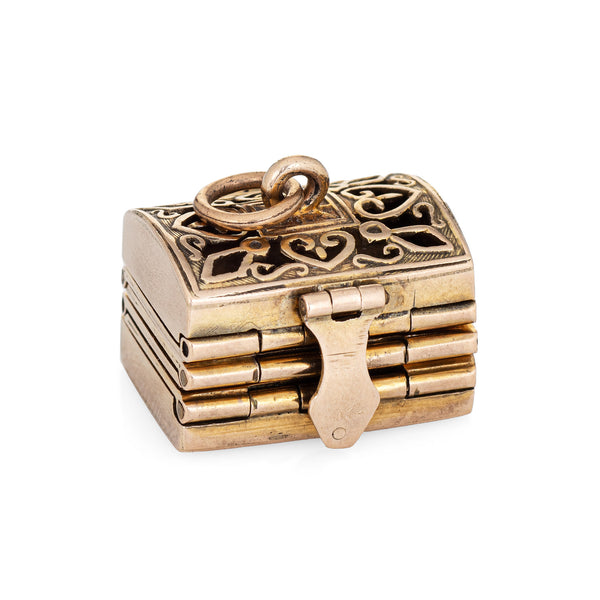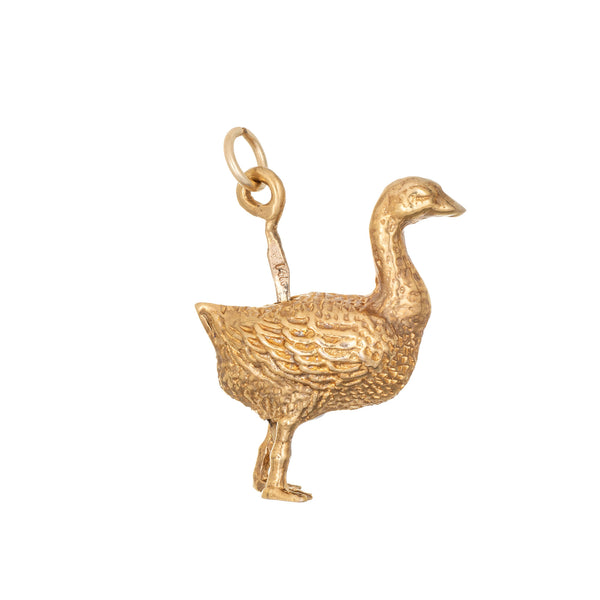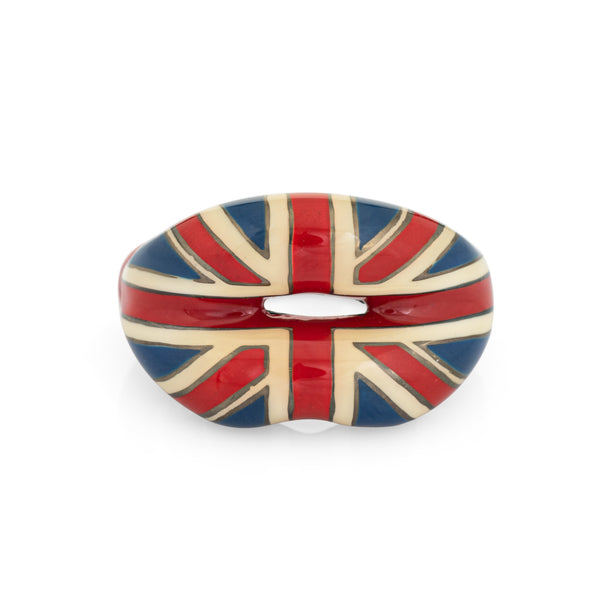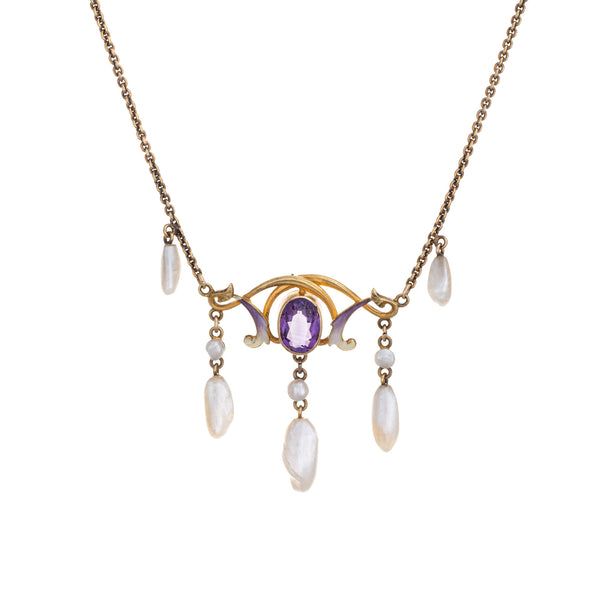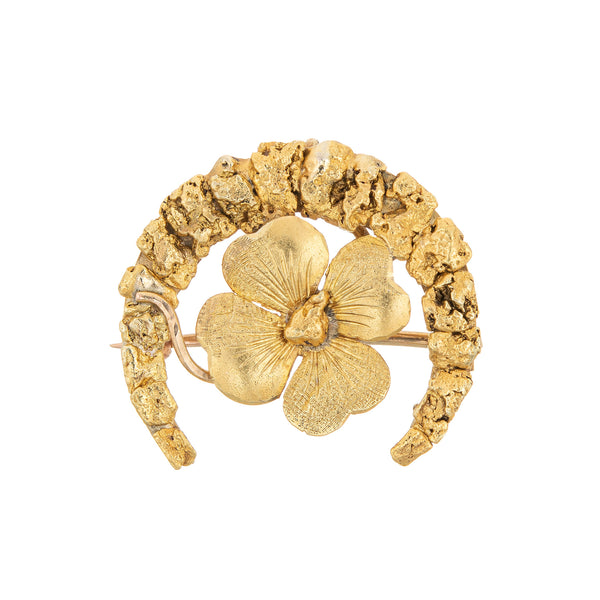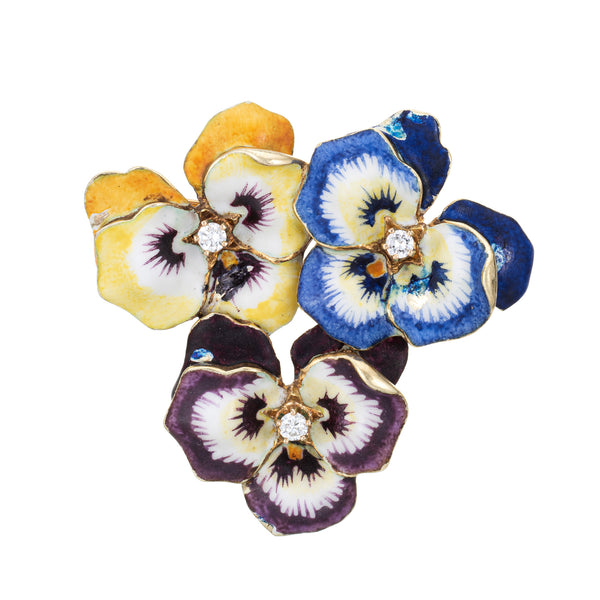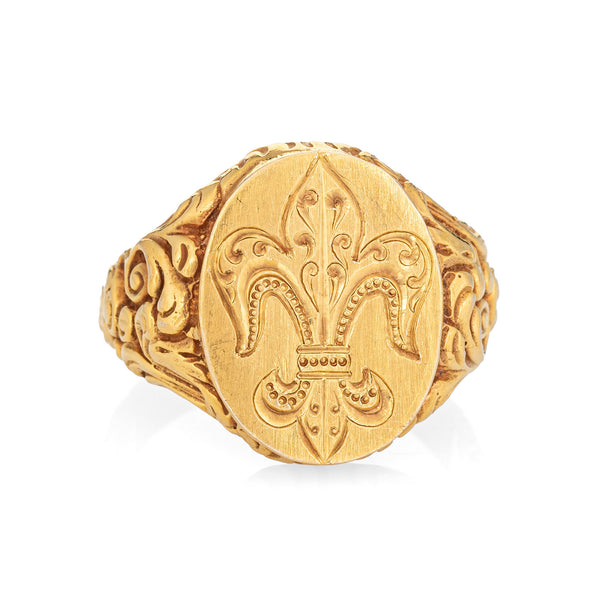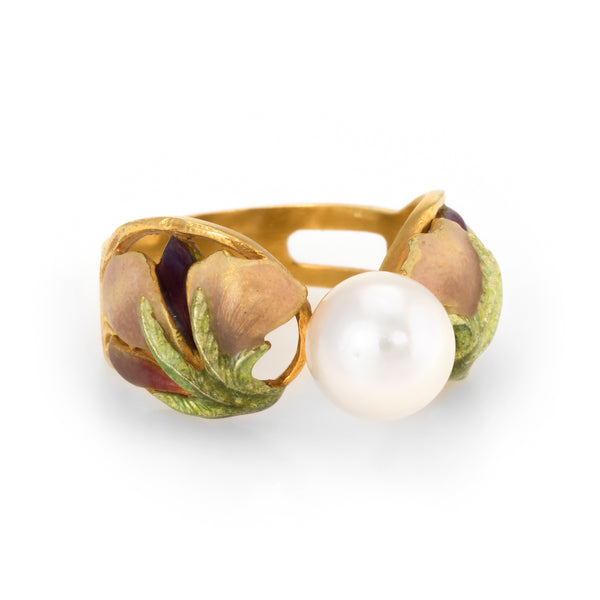Art Nouveau Jewelry (1890 - 1915)
The Art Nouveau style shone brightly and generated passion for a short while at the turn of the century from 1895 to 1910. The Art Nouveau era was distilled by the French, yet the foundation for its distinct look of line and form was influnced by the British Arts & Crafts movement.
There were many practitioners of the Nouveau style in France, yet the work of one man, Rene Lalique defined the era.
The use of gemstones and other materials, enameling and motifs from nature were all popular during the era. Art Nouveau jewelry is more three dimensional and asymmetrical. The female face and body, both naked and clothed, were predominant figures for interpretation in rings, pendants and brooches. Other favourites from the era included butterflies and dragonflies, slithering snakes that represented unending love and mythical creatures. The botanical influence includes the use of irises, pansies, poppies, water lilies and trailing vines. Like a rich dessert that is difficult to digest, the stylistic excess and commercialization of Art Nouveau jewelry contributed to its demise by 1915.

